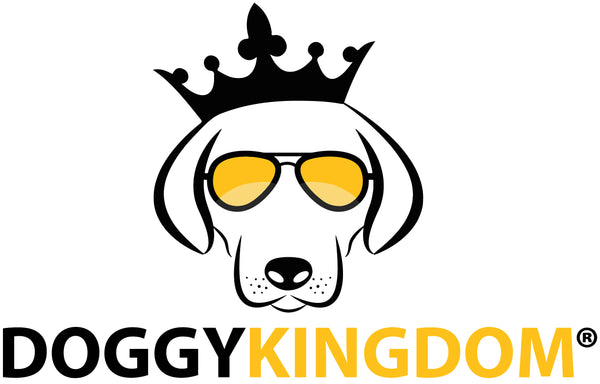Learn the Truth About Dog Acne: Causes, Treatment, and Prevention
Share
When you think of acne, what comes to mind is teenagers battling with pimples and breakouts. However, did you know that our four-legged furry companions, particularly dogs, can also experience a similar skin condition known as dog acne? While it might sound unusual, dog acne is a common problem that affects many dogs across different breeds.
In this article, we'll take a closer look at dog acne, explore its causes, treatment options, and prevention measures to keep your doggo's skin healthy and clear.
Understanding Dog Acne
Dog acne, medically termed "canine acne" or "chin pyoderma," is a skin condition characterized by the development of small red bumps, pustules, and blackheads, primarily on a dog's chin and lips. Dog acnes looks like human acne. It is also linked to the overproduction of sebum – an oily substance that lubricates the skin and hair. On occasion, the dog acne can become infected, leading to discomfort and more severe skin issues or even scarring.
Causes of Dog Acne
Several factors contribute to the development of dog acne:
- Hormonal Changes: Just like in humans, hormonal fluctuations can trigger the onset of acne in dogs, particularly during adolescence. Puppies going through puberty are more susceptible. Spay and neutering early can often curtail dog acne.
- Poor Hygiene: Dogs that have dirty or unkempt living conditions are at a higher risk of developing acne due to the buildup of dirt, oil, and bacteria on their skin.
- Plastic Food and Water Bowls: Using plastic bowls for feeding can cause allergic reactions in some dogs, leading to acne-like symptoms around the mouth. It's advisable to switch to stainless steel or ceramic bowls.
- Genetics: Certain breeds are more predisposed to developing acne. Breeds with short coats and folded skin, like Bulldogs and Boxers, often develop areas of severe facial dog acne.
Treatment Options
If you suspect your dog has acne, it's important to consult a veterinarian for an accurate diagnosis and proper treatment plan. Treatment options may include:
- Topical Treatments: Your vet may recommend topical treatments containing benzoyl peroxide, which helps to unclog pores and reduce inflammation. The solution is similar to what humans use for acne treatment.
- Antibiotics: In cases where acne has become infected, antibiotics may be prescribed to combat the bacterial infection and promote healing.
- Hygiene Improvements: Maintaining good hygiene for your dog is crucial. Regularly clean your dog's chin and face using a mild, dog-safe cleanser. Avoid using harsh human skincare products.
- Dietary Changes: In some instances, dietary adjustments may be suggested to manage acne.
Prevention Measures
Preventing dog acne involves a combination of proper care and awareness:
-
Clean Environment: Ensure your dog's living area is clean and free from excess dirt and debris. Regularly wash bedding and toys.
-
Stainless Steel Bowls: Opt for stainless steel or ceramic bowls to reduce the risk of allergic reactions caused by plastic bowls.
-
Regular Grooming: Regular grooming sessions not only keep your dog's coat clean but also help in monitoring their skin health.
-
Consult Your Vet: Regular veterinary check-ups can help identify any potential skin issues early on and allow for prompt treatment.
While dog acne might not be as prevalent as it is in humans, it's a genuine concern that can cause discomfort and distress to your furry companion. Understanding the causes, treatment options, and prevention measures is key to ensuring your dog's skin remains healthy and blemish-free.



